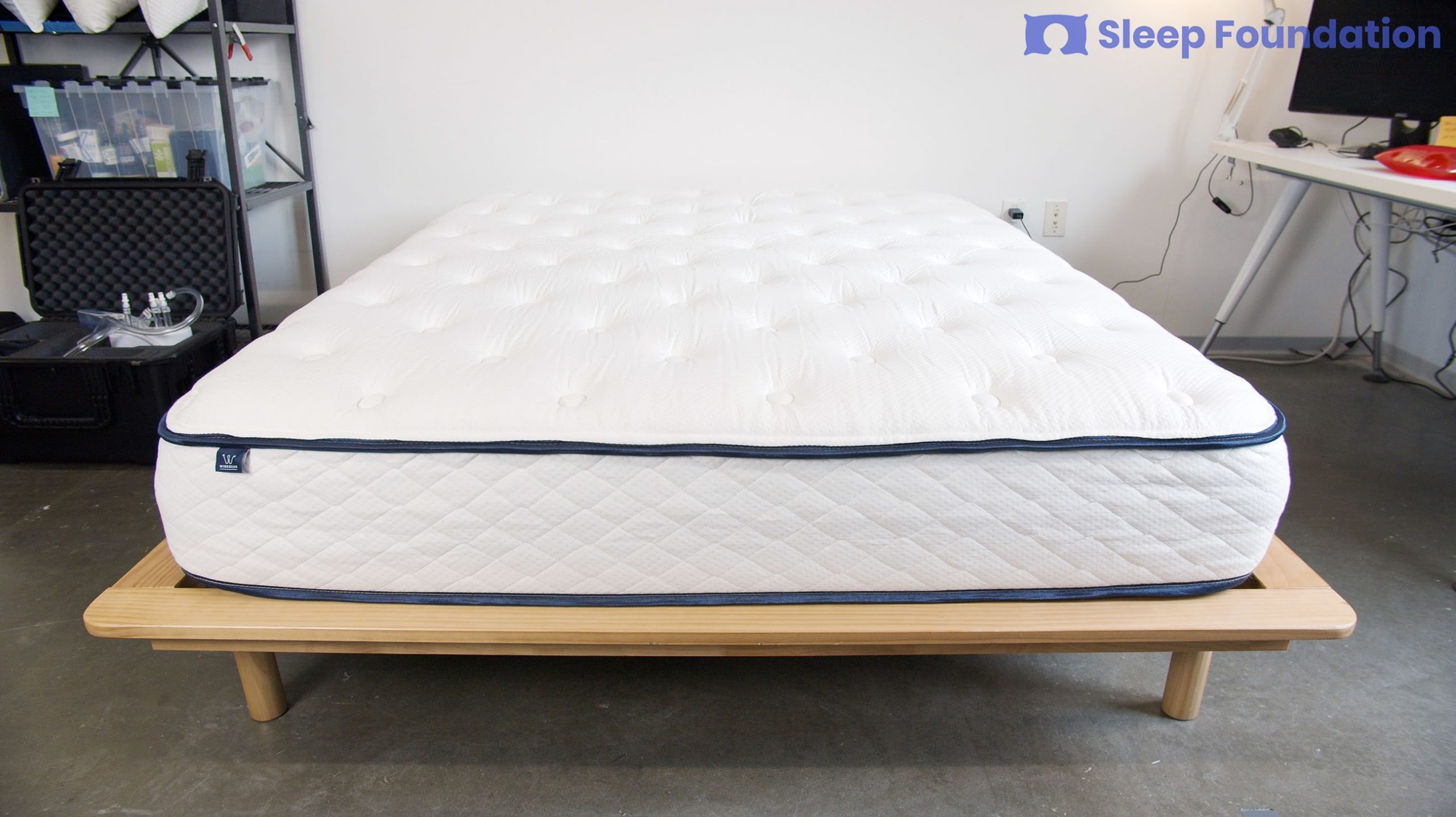A leaky bathroom vanity can be a frustrating problem, causing damage to your cabinets, floors, and even the structure of your home. The longer you ignore it, the worse it can get. Luckily, fixing a leaky vanity is not as complicated as it may seem. With a few simple steps, you can repair the leak and prevent further damage.Water Damage Repair: How to Fix a Leaky Bathroom Vanity
Before you begin any repairs, it's important to identify the source of the leak. Leaks in bathroom vanities can be caused by various issues, such as loose connections, cracked pipes, or worn out seals. Once you have identified the source, follow these steps to fix the leak: Step 1: Turn off the water supply to your bathroom to prevent any further water damage. Step 2: Remove any items from your vanity and clear the area for easy access. Step 3: Inspect the connections and pipes for any signs of damage or wear. Tighten any loose connections and replace any damaged pipes. Step 4: Check the seals around the sink, faucet, and drain. If they are cracked or worn out, they will need to be replaced. Step 5: Use plumber's putty or silicone caulk to create a new seal around the sink and faucet. Step 6: Reattach the pipes and turn the water supply back on. Check for any leaks and tighten connections if necessary.How to Fix a Leaky Bathroom Vanity: A Step-by-Step Guide
While fixing a leaky bathroom vanity is important, it's also essential to address any water damage that may have occurred. Water leaks can cause mold growth, rotting wood, and structural damage if left untreated. Here are some steps to deal with water damage: Step 1: Remove any damaged or wet materials, such as cabinets or flooring. Step 2: Dry out the affected area using fans and dehumidifiers. Step 3: Disinfect the area to prevent mold growth. Step 4: Repair or replace any damaged materials. Step 5: Take steps to prevent future water leaks, such as regularly checking for leaks and maintaining your plumbing.Dealing with Water Leaks in Your Bathroom Vanity
Understanding the common causes of water leaks in bathroom vanities can help you prevent them in the future. Here are some of the most common causes: 1. Loose connections: Over time, pipes and connections can loosen, causing water to leak out. 2. Cracked pipes: Pipes can crack due to age, corrosion, or high water pressure. 3. Worn out seals: Seals around the sink, faucet, and drain can wear out and cause leaks. 4. Clogged drains: Clogs in the drain can cause water to back up and leak out of the sink or pipes. 5. Poor installation: Improper installation can lead to leaks and other plumbing problems.5 Common Causes of Water Leaks in Bathroom Vanities
Prevention is key when it comes to dealing with water leaks in your bathroom vanity. Here are some tips to help prevent water damage: 1. Regularly check for leaks: Inspect your vanity and plumbing for any signs of leaks, such as water stains or puddles. 2. Maintain your plumbing: Keep your plumbing in good condition by fixing any issues promptly and scheduling regular maintenance checks. 3. Use a drain stopper: Using a drain stopper can prevent debris from clogging your drain and causing water to back up. 4. Be careful with what you put down the drain: Avoid flushing anything other than toilet paper down the toilet and be careful not to pour grease or food scraps down the kitchen sink. 5. Install a water leak detector: Consider installing a water leak detector that can alert you to any leaks before they cause significant damage.Preventing Water Damage in Your Bathroom Vanity
Sometimes, water leaks can go unnoticed until they have caused significant damage. Here are some signs that your bathroom vanity may have water damage: 1. Discoloration or stains: Look for any discoloration or stains on your walls, floors, or cabinets. 2. Musty odor: Mold and mildew growth can cause a musty smell in your bathroom. 3. Warped or damaged wood: If the wood in your vanity is starting to warp or crack, it may be a sign of water damage. 4. Peeling or bubbling paint or wallpaper: Water damage can cause paint or wallpaper to peel or bubble. 5. Soggy or wet areas: If you notice any wet spots or puddles near your vanity, it may be a sign of a water leak.Signs of Water Damage in Your Bathroom Vanity
If you prefer to tackle the leaky vanity yourself, there are a few DIY solutions you can try: 1. Tighten connections: As mentioned earlier, loose connections can cause leaks. Simply tightening them can solve the issue. 2. Replace damaged seals: If the seals around your sink, faucet, or drain are damaged, they can be easily replaced with some putty or caulk. 3. Use a pipe sealant: For small cracks in pipes, a pipe sealant can be applied to stop the leak. 4. Unclog the drain: If a clogged drain is causing the leak, try using a plunger or a drain snake to remove the blockage.DIY Solutions for a Leaky Bathroom Vanity
If the water damage is extensive or you are not confident in your DIY skills, it's best to call a professional water damage restoration company. They have the expertise and equipment to properly remove water and restore your bathroom vanity to its original condition.Professional Water Damage Restoration for Bathroom Vanities
Detecting and repairing a water leak in your bathroom vanity can save you time and money in the long run. Here are some steps to take: 1. Identify the source of the leak: As mentioned earlier, it's important to know where the leak is coming from before attempting any repairs. 2. Shut off the water supply: Before you start any repairs, make sure to turn off the water supply to your bathroom. 3. Follow the steps for repairing a leaky bathroom vanity: Refer to the earlier section for a step-by-step guide on how to fix a leaky vanity. 4. Check for any additional damage: Once the leak is fixed, check for any water damage that may have occurred and take appropriate steps to address it.How to Detect and Repair a Water Leak in Your Bathroom Vanity
To prevent future leaks and water damage, here are some tips for maintaining a leak-free bathroom vanity: 1. Regularly check for leaks: As mentioned earlier, regularly inspect your vanity and plumbing for any signs of leaks. 2. Address any issues promptly: If you notice any leaks or damaged seals, fix them as soon as possible to prevent further damage. 3. Schedule regular maintenance checks: A professional plumber can inspect your plumbing and make any necessary repairs before they turn into bigger problems. 4. Be mindful of what you put down the drain: Avoid putting anything other than water down the drain to prevent clogs and potential leaks. 5. Keep your plumbing in good condition: By maintaining your plumbing, you can prevent leaks and other plumbing issues from occurring.Tips for Maintaining a Leak-Free Bathroom Vanity
The Importance of Properly Designed Bathrooms
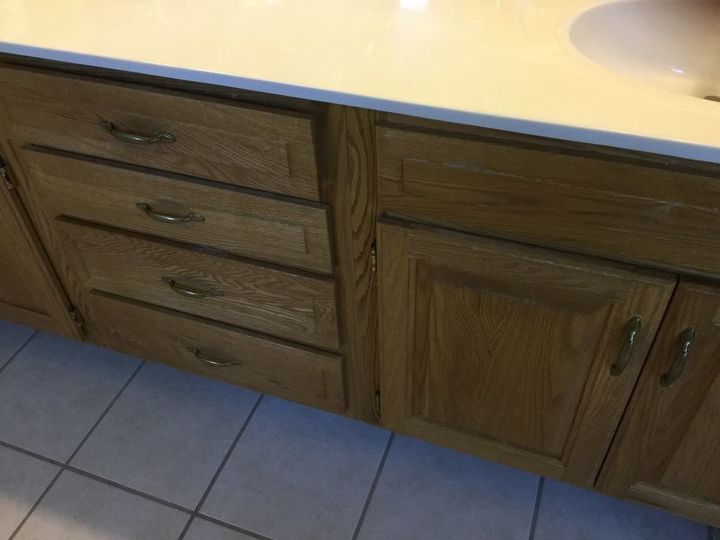
Bathroom Design: A Vital Aspect of House Design
 When it comes to designing a house, the bathroom is often an overlooked space. However, it is one of the most important rooms in a house and deserves just as much attention as any other room. A well-designed bathroom not only adds value to your home but also creates a functional and comfortable space for you and your family. But, what happens when there is a problem with your bathroom design, such as water leaking into your bathroom vanity? This can not only be an inconvenience but can also lead to bigger problems down the line. In this article, we will discuss the importance of properly designing your bathroom and how it can prevent issues like water leakage.
When it comes to designing a house, the bathroom is often an overlooked space. However, it is one of the most important rooms in a house and deserves just as much attention as any other room. A well-designed bathroom not only adds value to your home but also creates a functional and comfortable space for you and your family. But, what happens when there is a problem with your bathroom design, such as water leaking into your bathroom vanity? This can not only be an inconvenience but can also lead to bigger problems down the line. In this article, we will discuss the importance of properly designing your bathroom and how it can prevent issues like water leakage.
The Role of Bathroom Design in Preventing Water Leakage
 As mentioned earlier, a well-designed bathroom is crucial in preventing issues like water leakage. One of the main causes of water leakage is poor bathroom design. This can include improper installation of plumbing fixtures, inadequate waterproofing, and lack of proper ventilation. A poorly designed bathroom can result in water seeping into areas it shouldn't, such as the vanity or walls. This can lead to mold growth, rotting of wood, and damage to your bathroom's overall structure. Therefore, it is essential to have a professional design your bathroom to ensure that all aspects, including plumbing and ventilation, are properly installed and functioning.
As mentioned earlier, a well-designed bathroom is crucial in preventing issues like water leakage. One of the main causes of water leakage is poor bathroom design. This can include improper installation of plumbing fixtures, inadequate waterproofing, and lack of proper ventilation. A poorly designed bathroom can result in water seeping into areas it shouldn't, such as the vanity or walls. This can lead to mold growth, rotting of wood, and damage to your bathroom's overall structure. Therefore, it is essential to have a professional design your bathroom to ensure that all aspects, including plumbing and ventilation, are properly installed and functioning.
The Benefits of a Well-Designed Bathroom
 Apart from preventing water leakage, a well-designed bathroom has many other benefits. It can improve the overall functionality of the space, making it easier for you to use on a daily basis. A good bathroom design also takes into consideration the aesthetics, creating a visually appealing and relaxing environment. This can add value to your home and make it more attractive to potential buyers in the future. Moreover, a well-designed bathroom can also save you money in the long run by avoiding costly repairs due to water damage.
Apart from preventing water leakage, a well-designed bathroom has many other benefits. It can improve the overall functionality of the space, making it easier for you to use on a daily basis. A good bathroom design also takes into consideration the aesthetics, creating a visually appealing and relaxing environment. This can add value to your home and make it more attractive to potential buyers in the future. Moreover, a well-designed bathroom can also save you money in the long run by avoiding costly repairs due to water damage.
In Conclusion
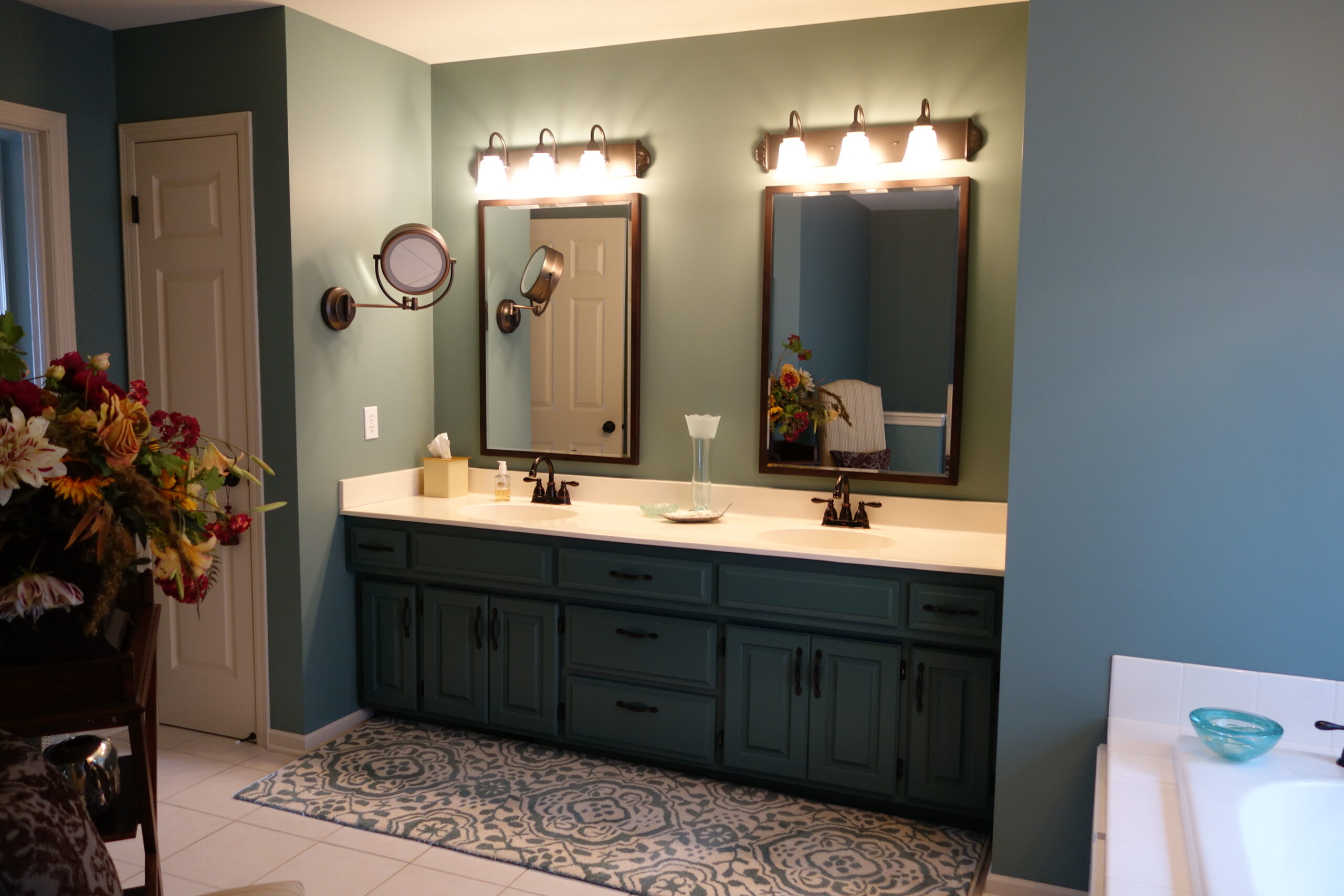 In conclusion, the bathroom is a vital aspect of house design that should not be overlooked. Properly designing your bathroom can prevent issues like water leakage, which can cause significant damage to your home. It is always best to consult a professional when it comes to bathroom design, as they have the expertise and knowledge to ensure that your bathroom is functional, aesthetically pleasing, and free from any potential problems. Remember, investing in a well-designed bathroom now can save you time, money, and stress in the future.
In conclusion, the bathroom is a vital aspect of house design that should not be overlooked. Properly designing your bathroom can prevent issues like water leakage, which can cause significant damage to your home. It is always best to consult a professional when it comes to bathroom design, as they have the expertise and knowledge to ensure that your bathroom is functional, aesthetically pleasing, and free from any potential problems. Remember, investing in a well-designed bathroom now can save you time, money, and stress in the future.
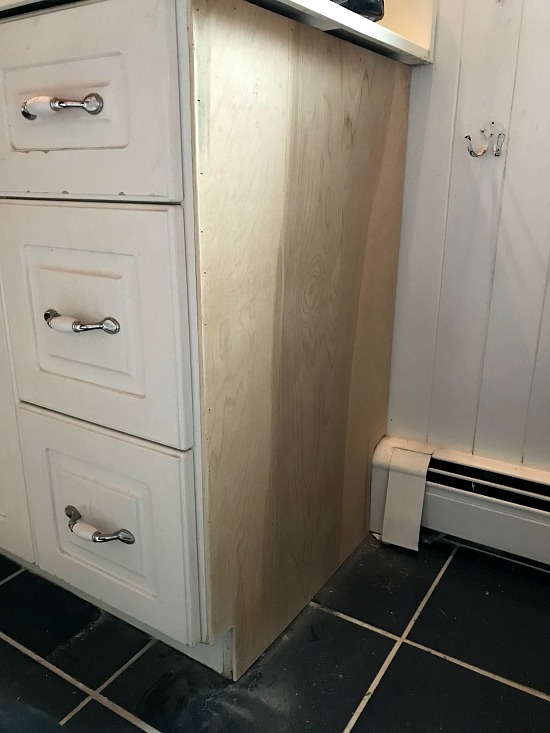



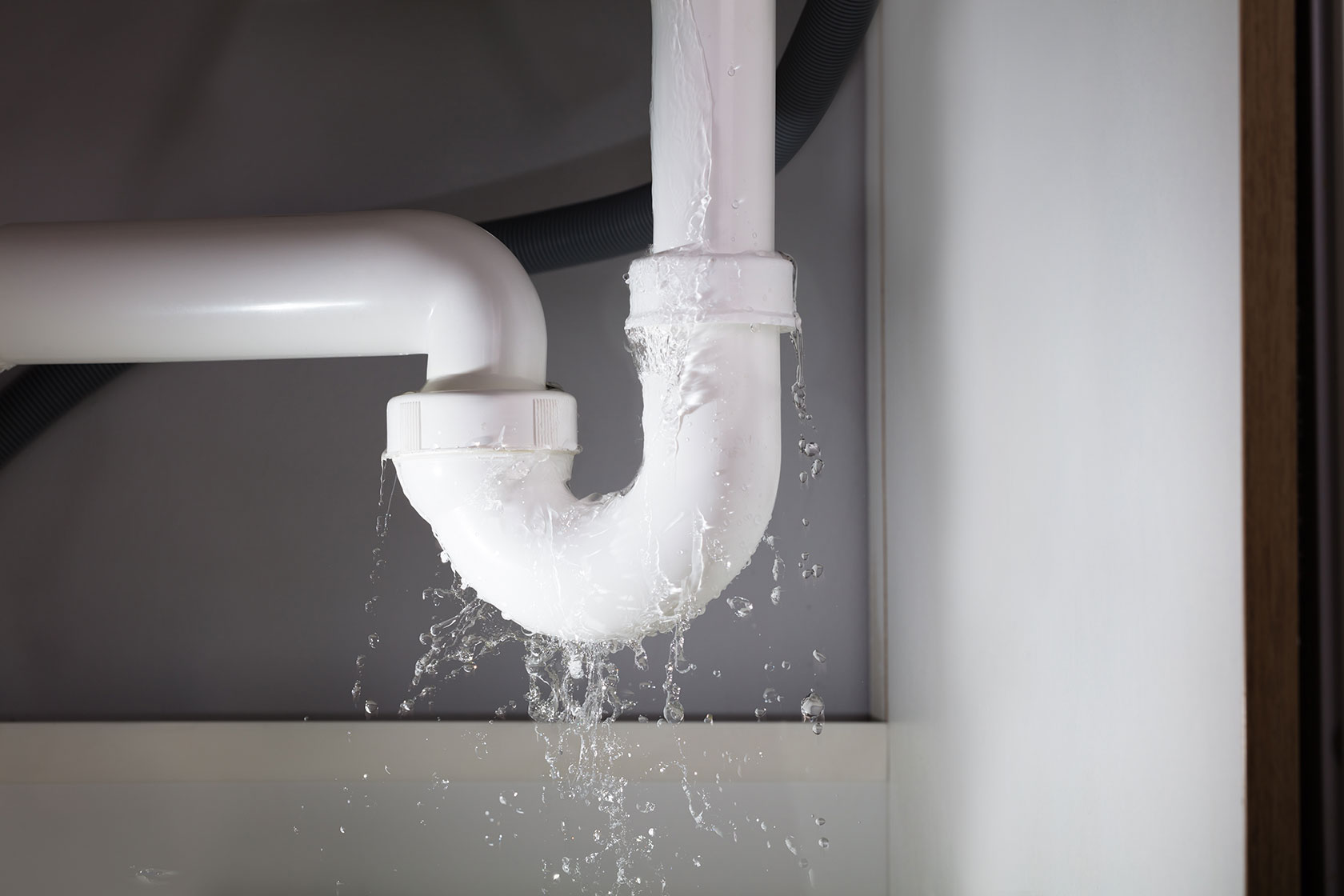
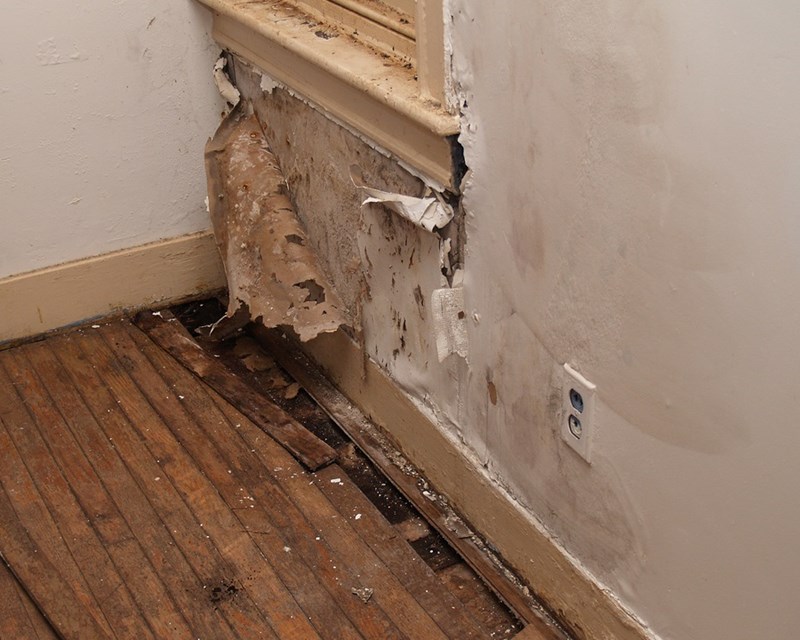

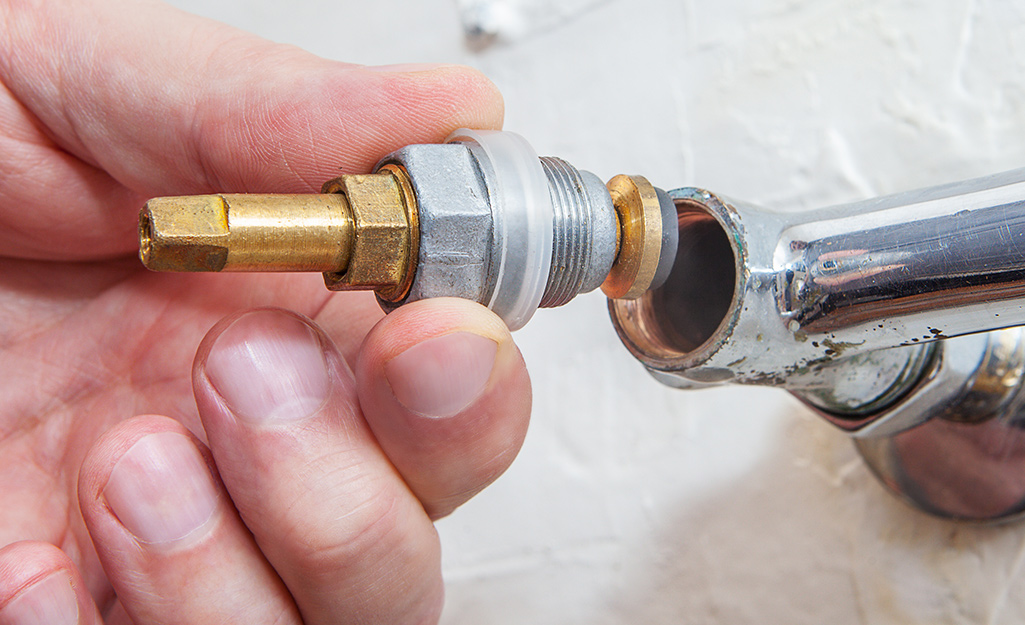



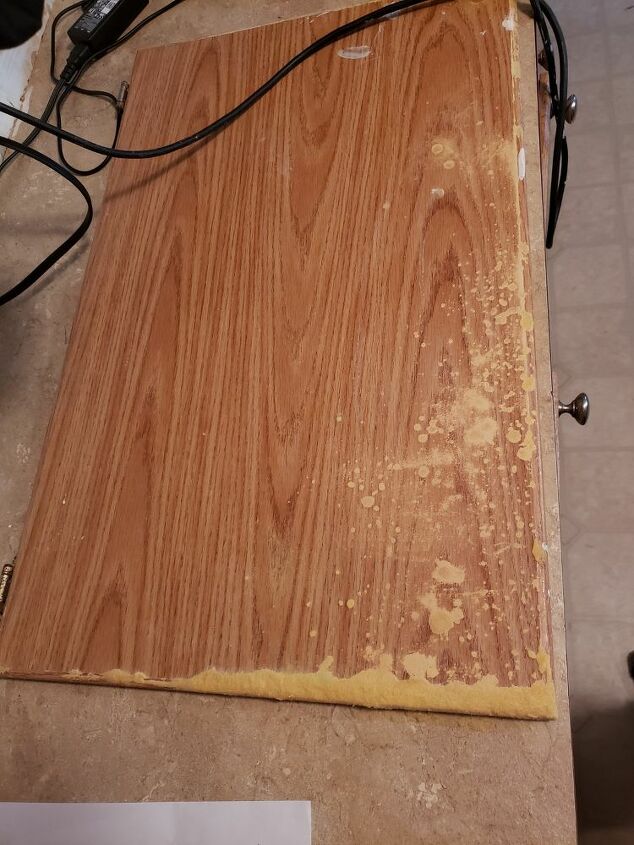



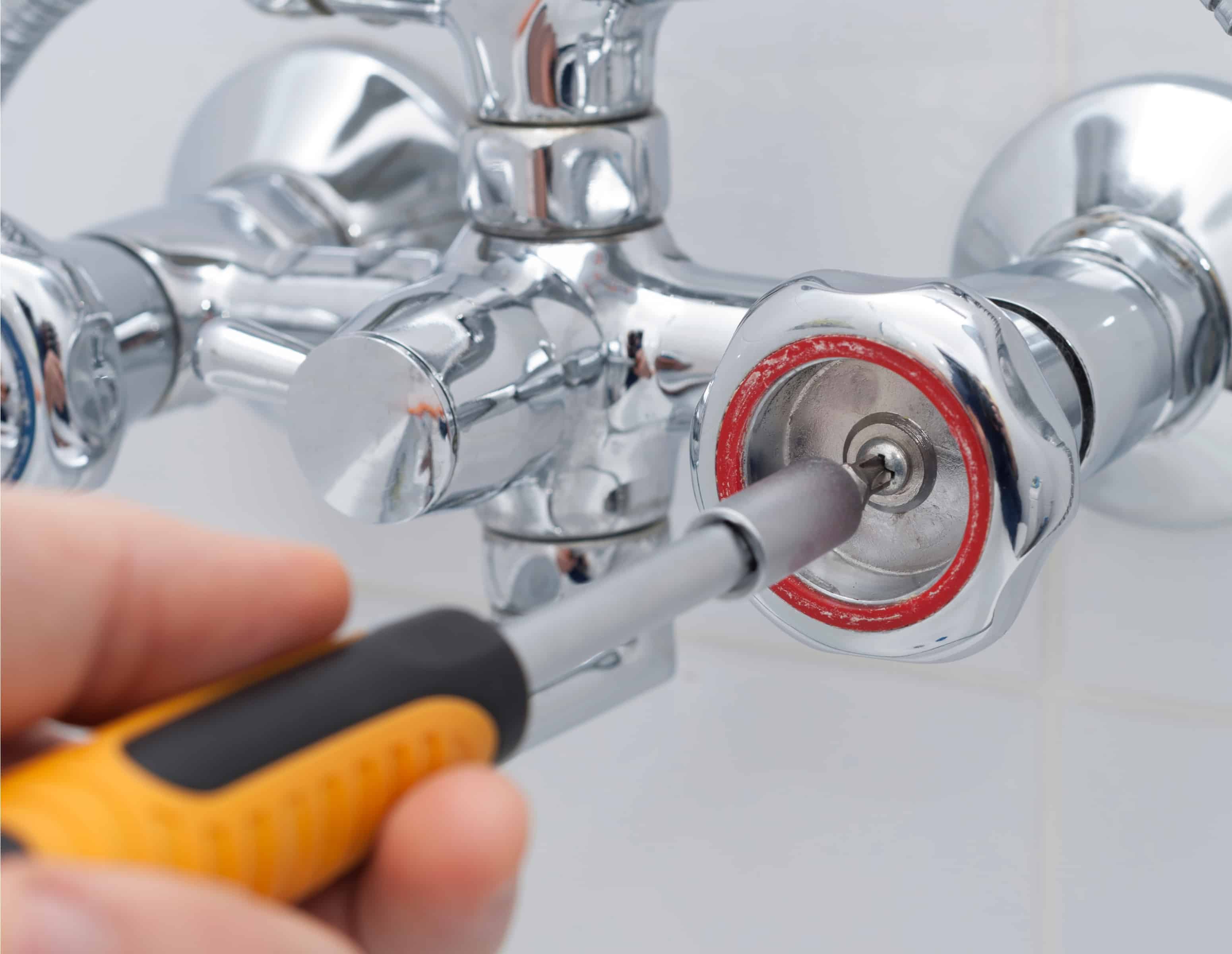













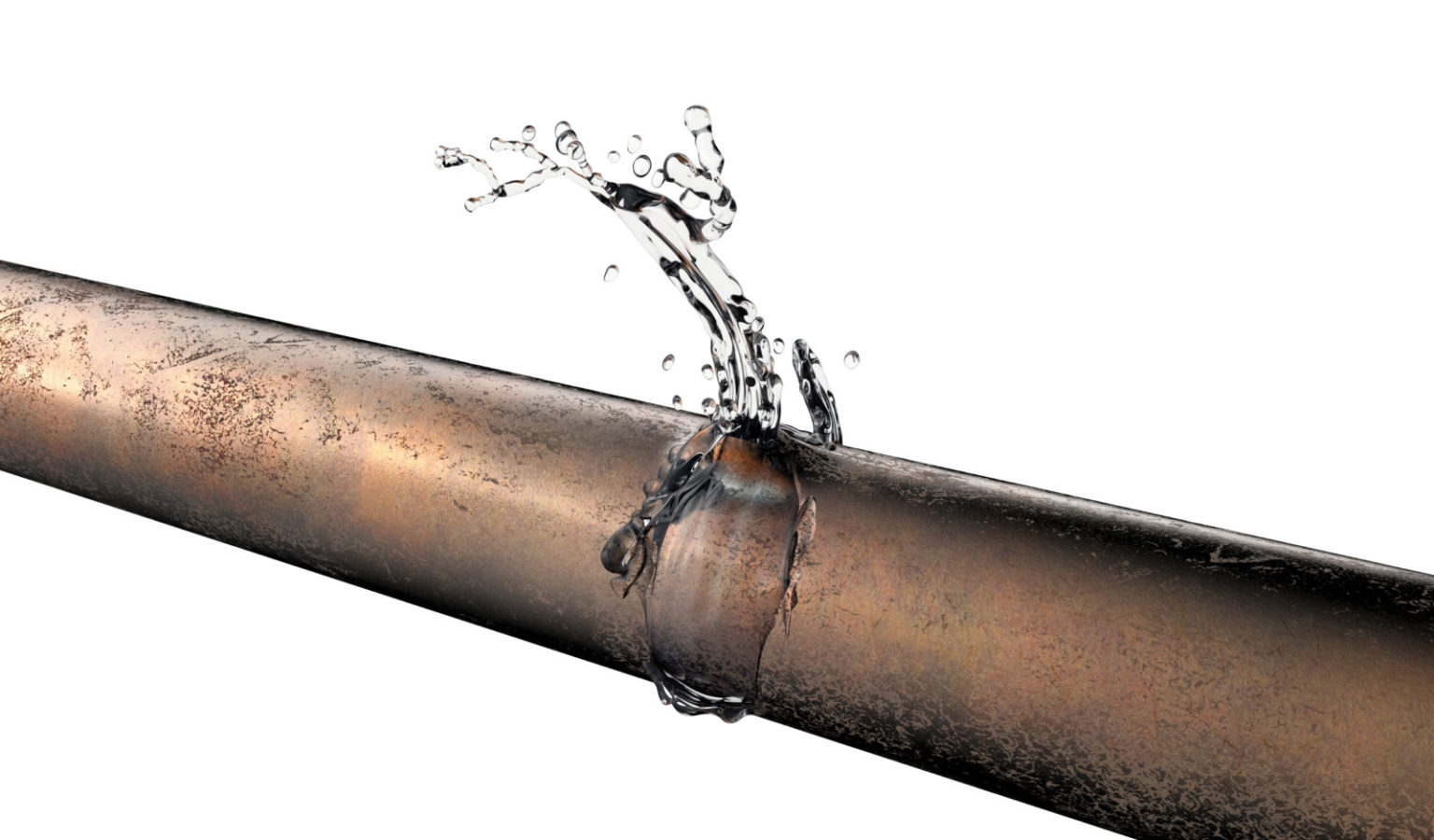



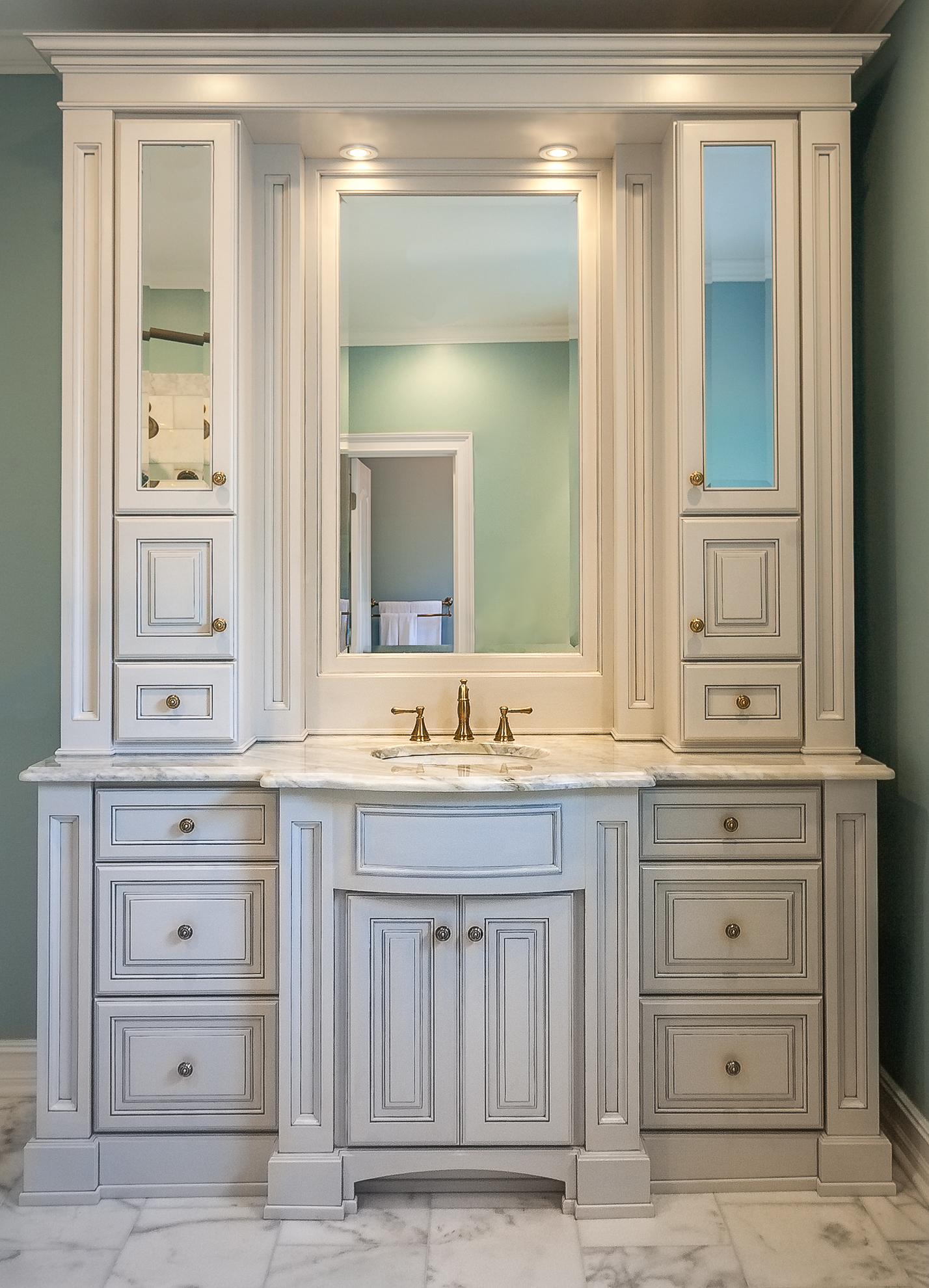

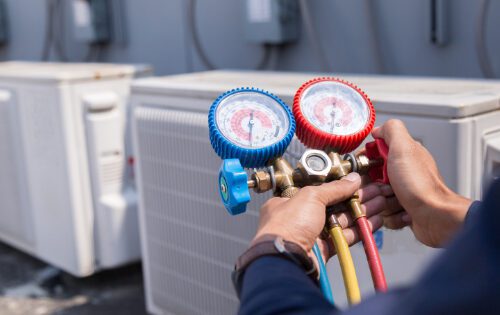
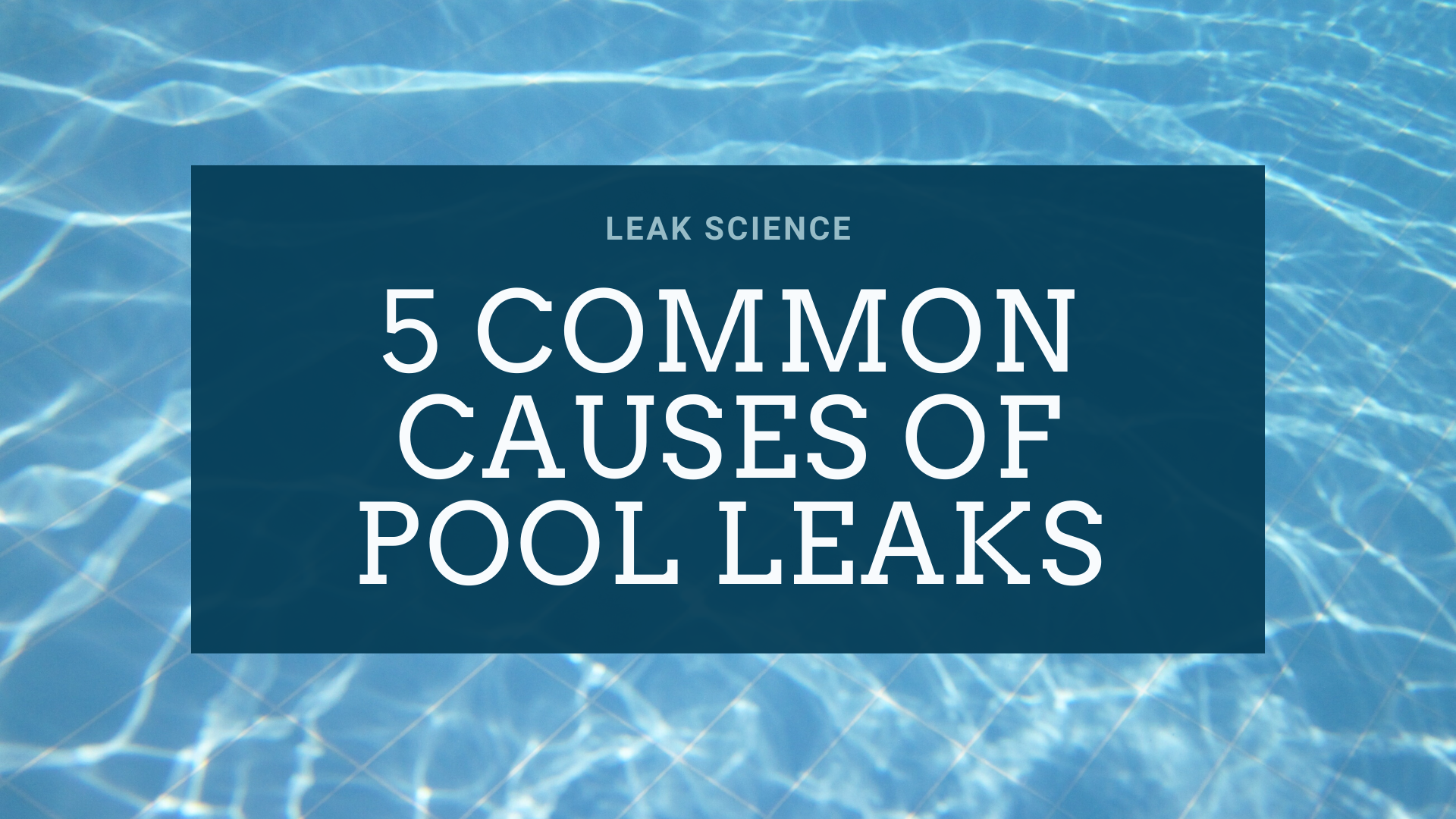


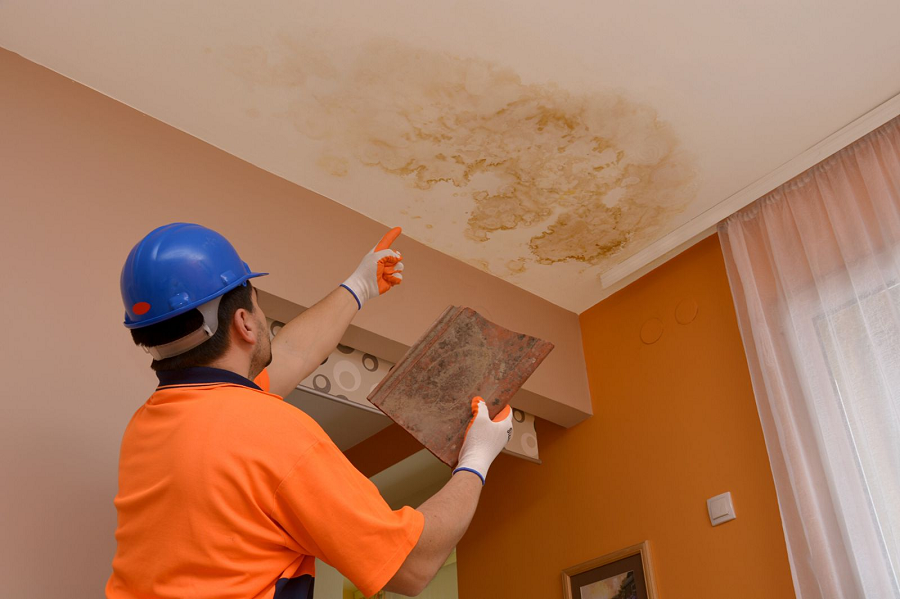


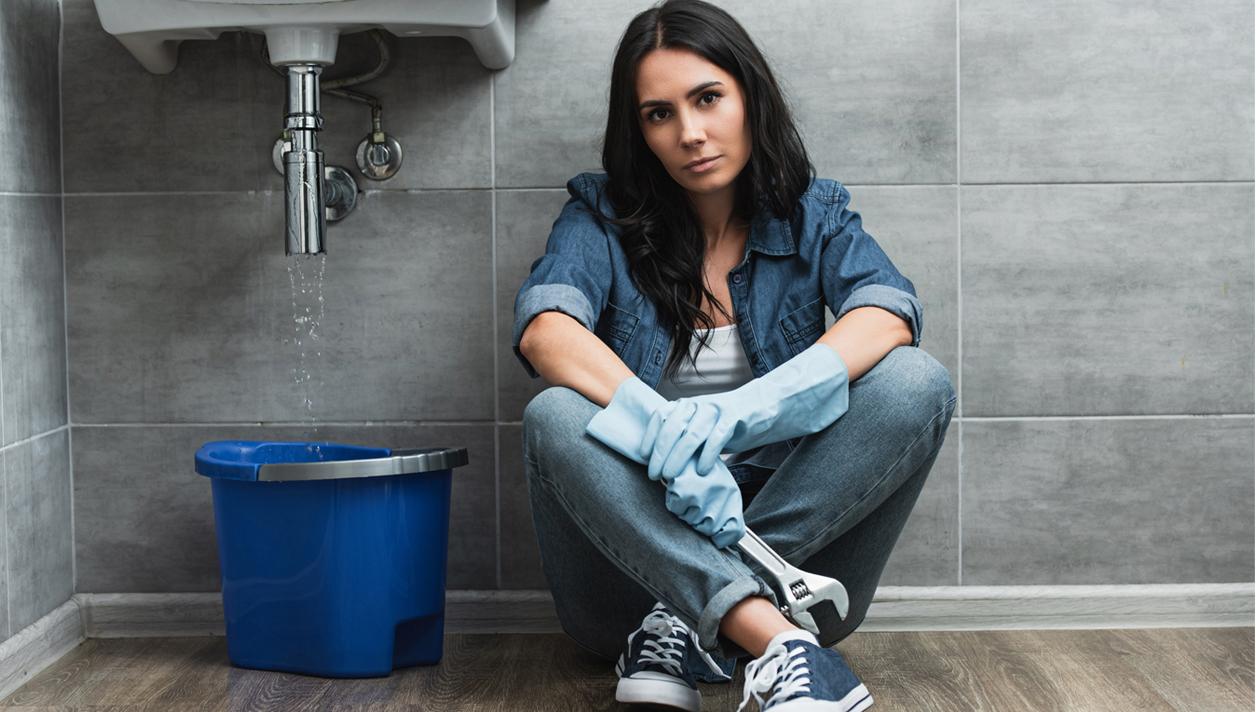
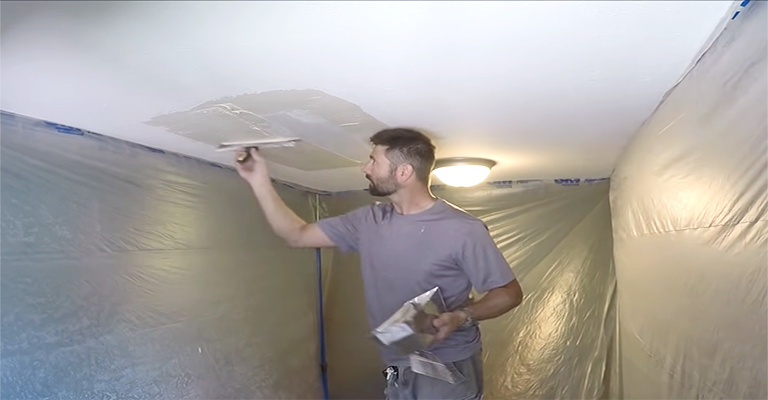


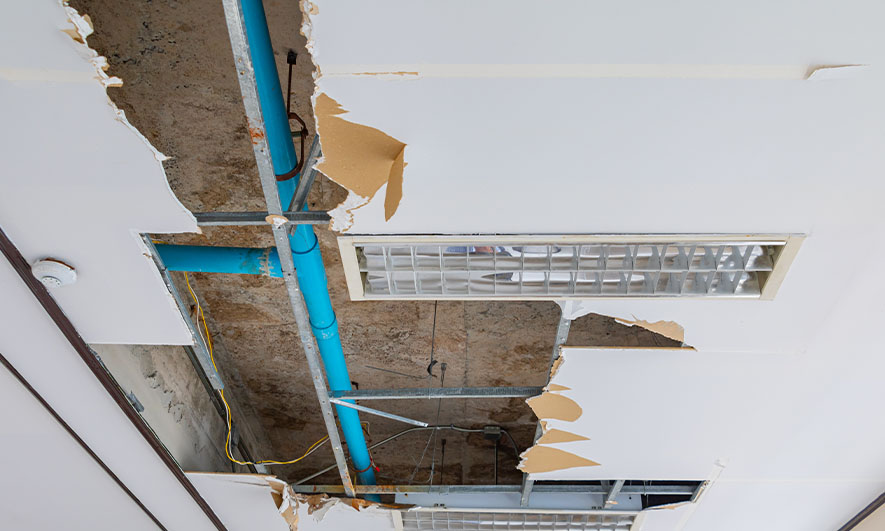







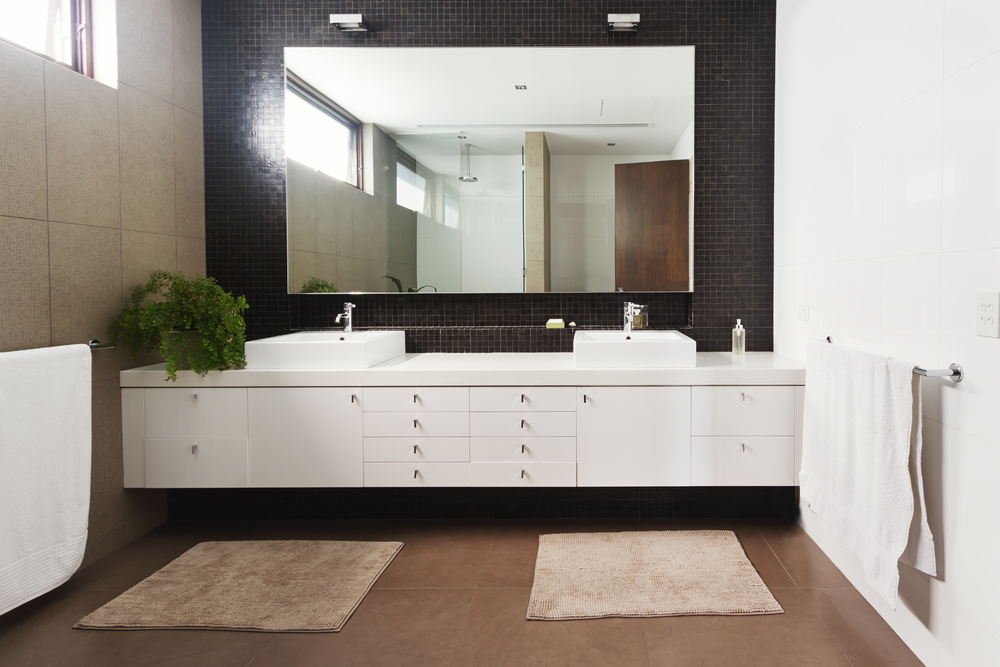
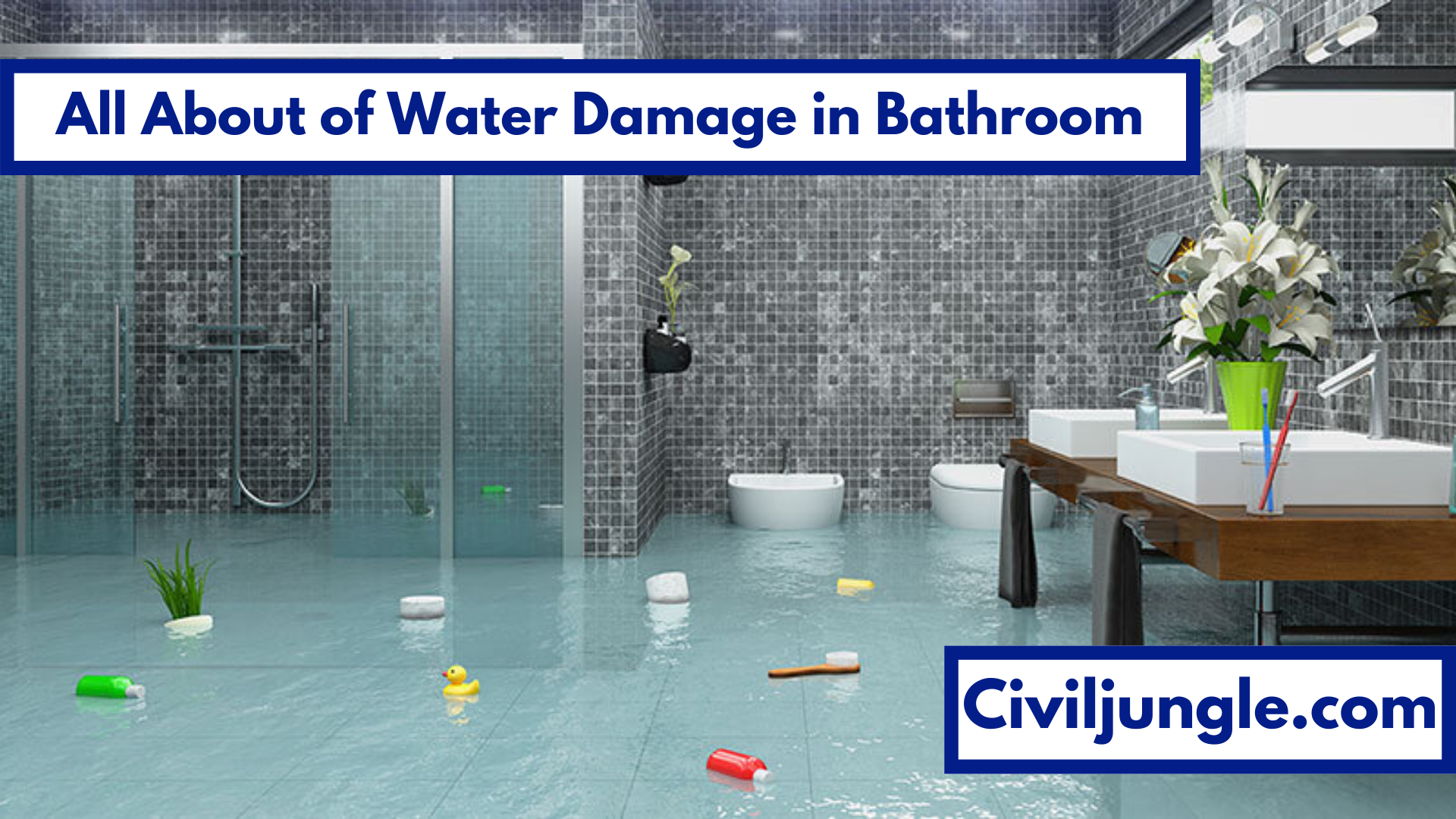
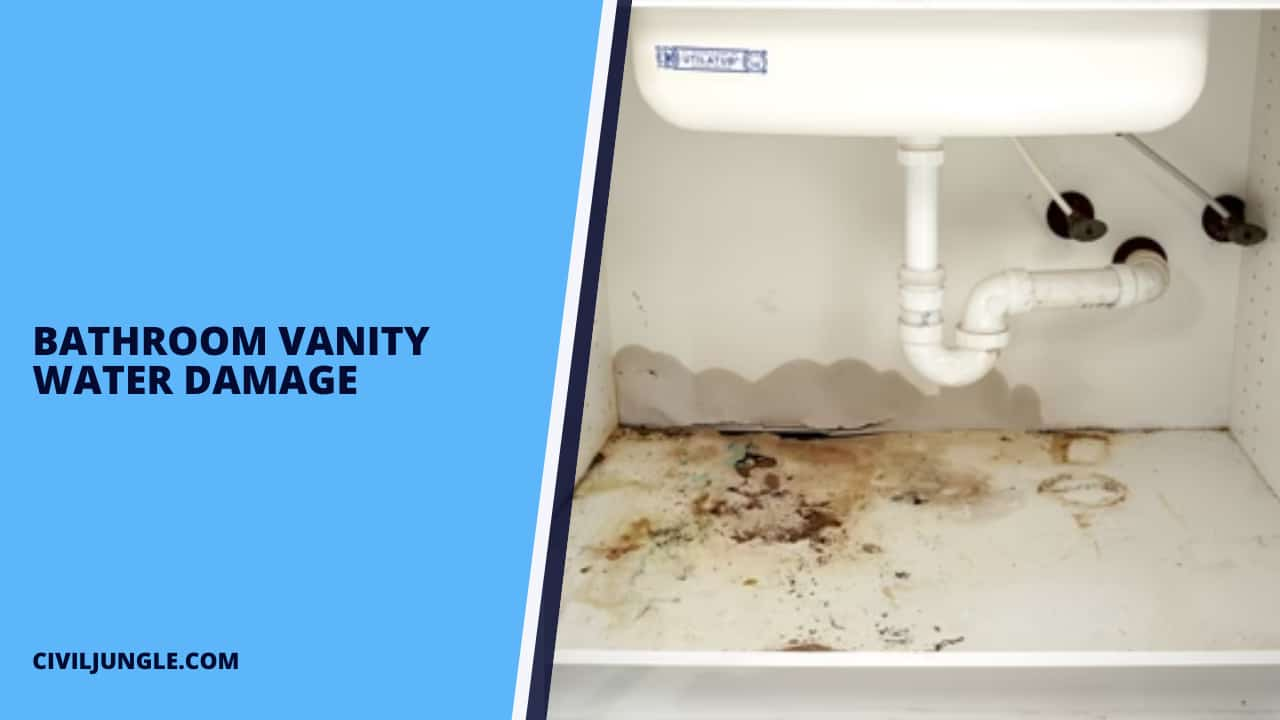





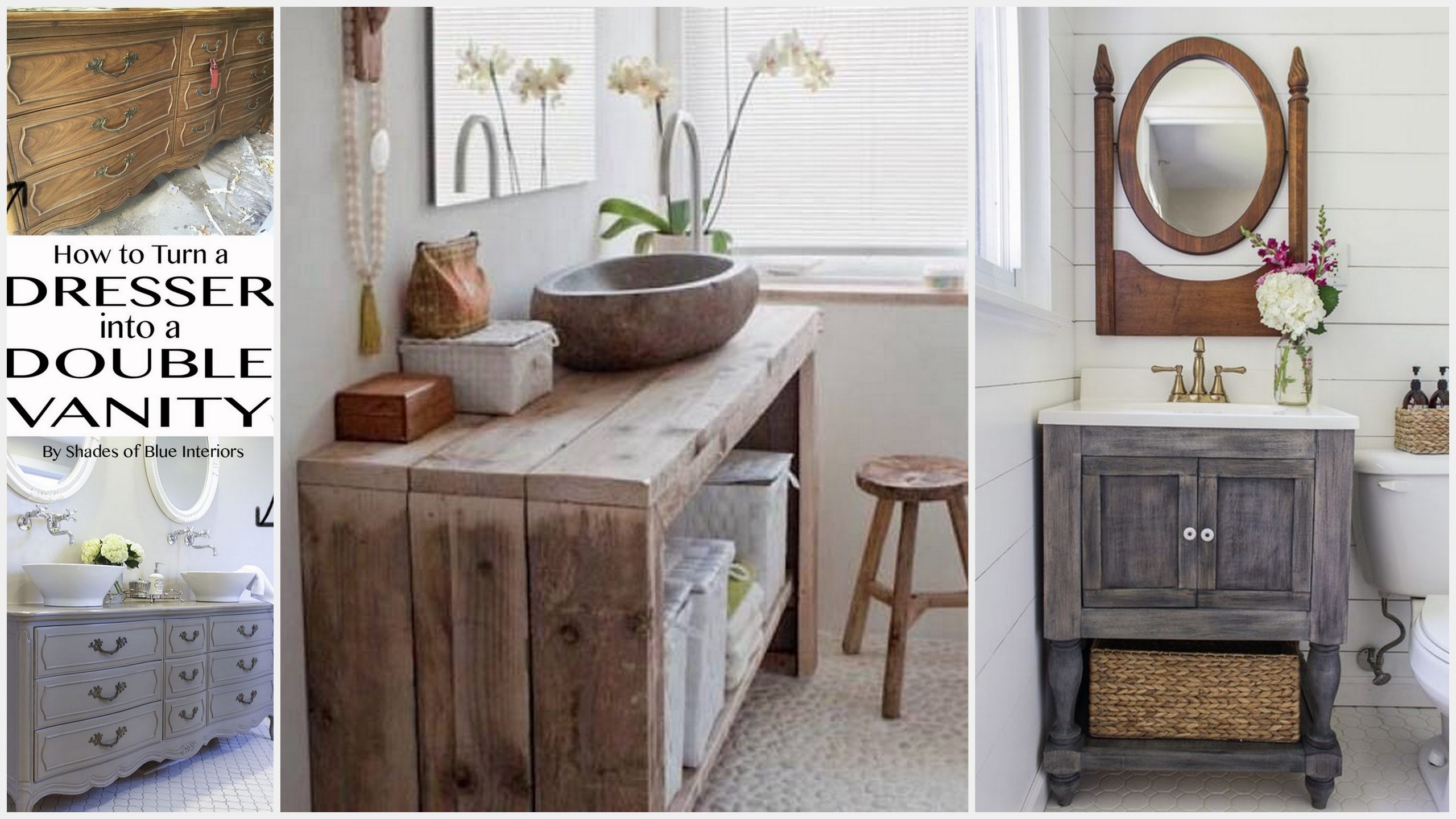



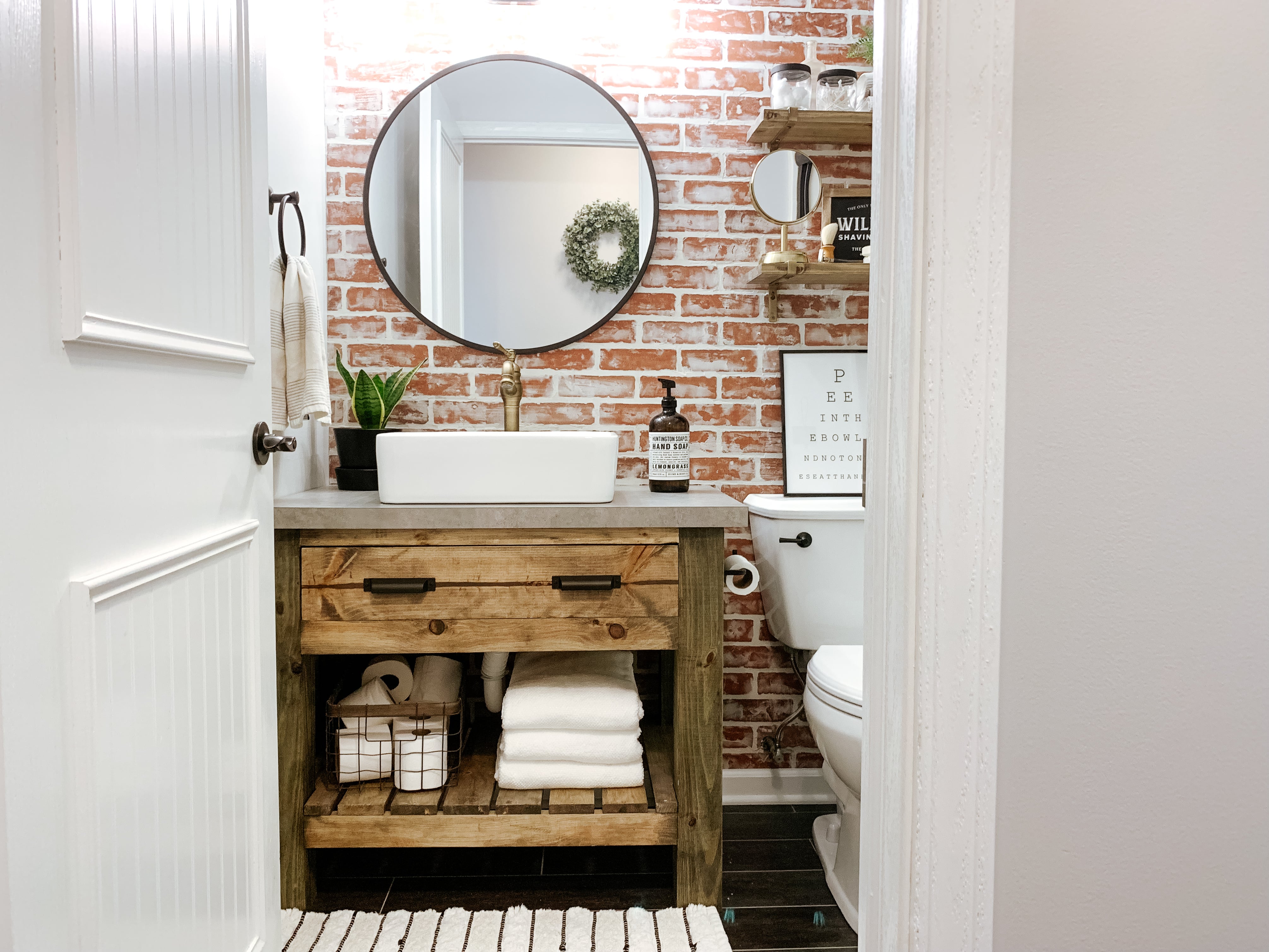
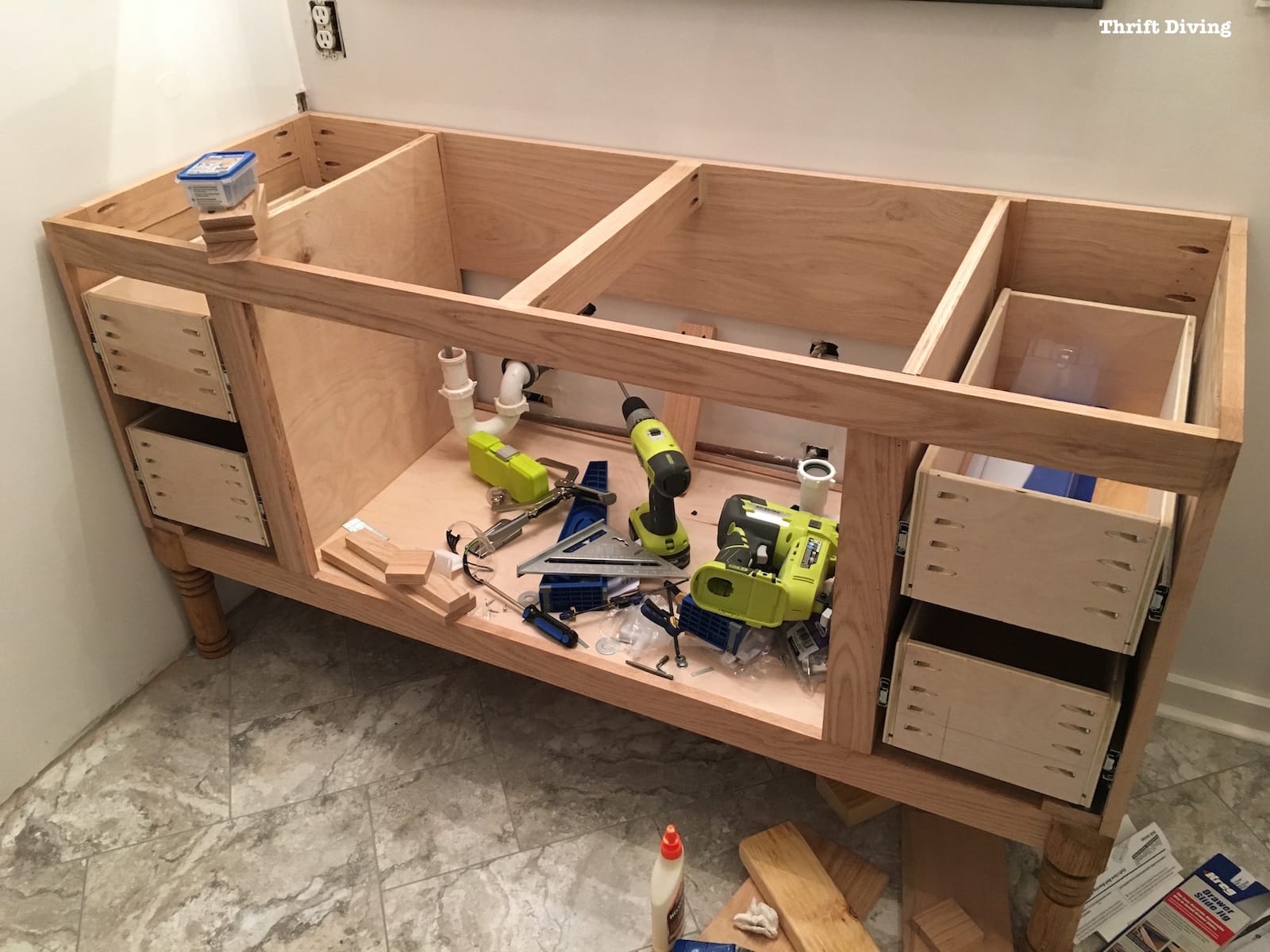



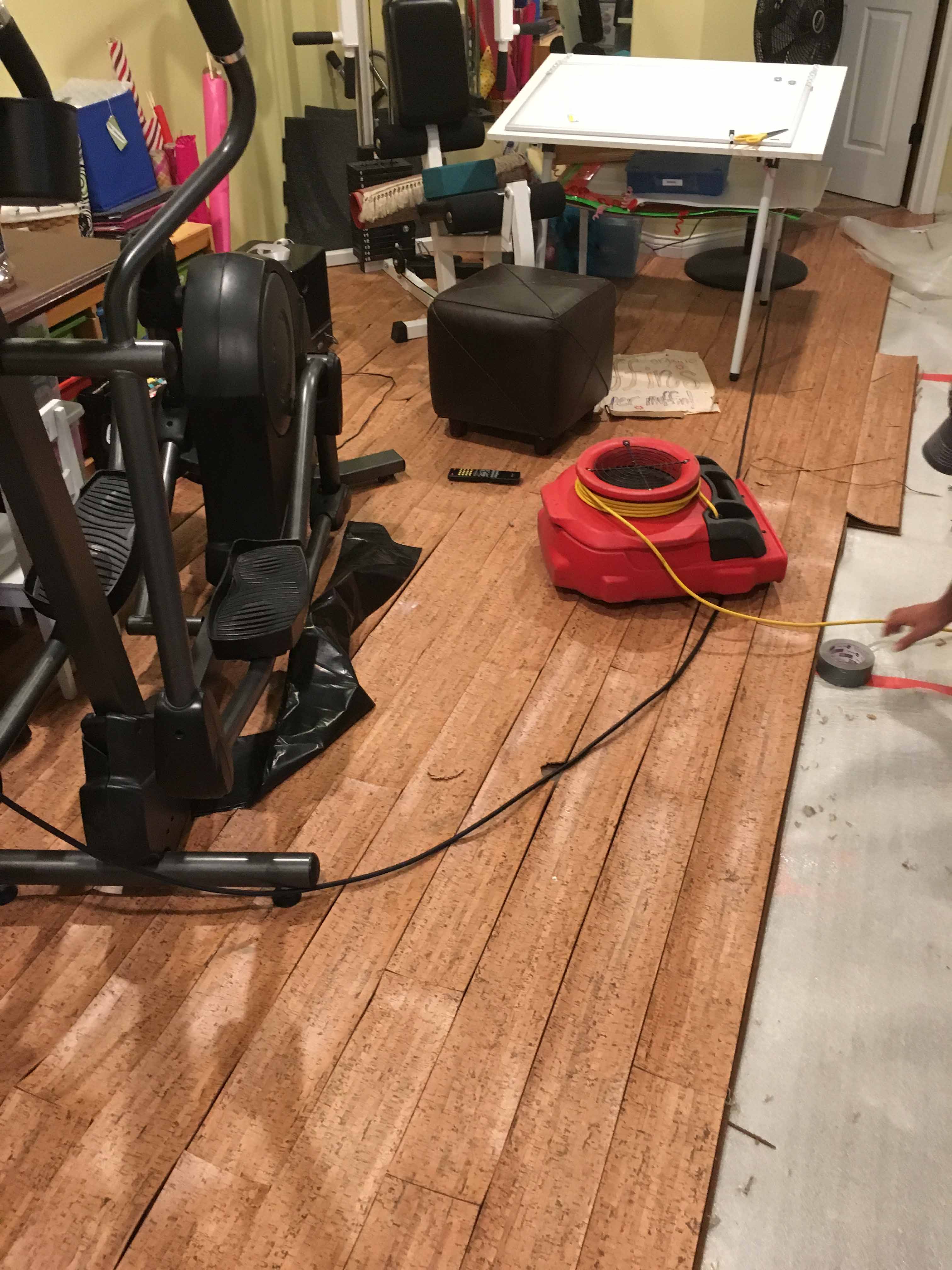
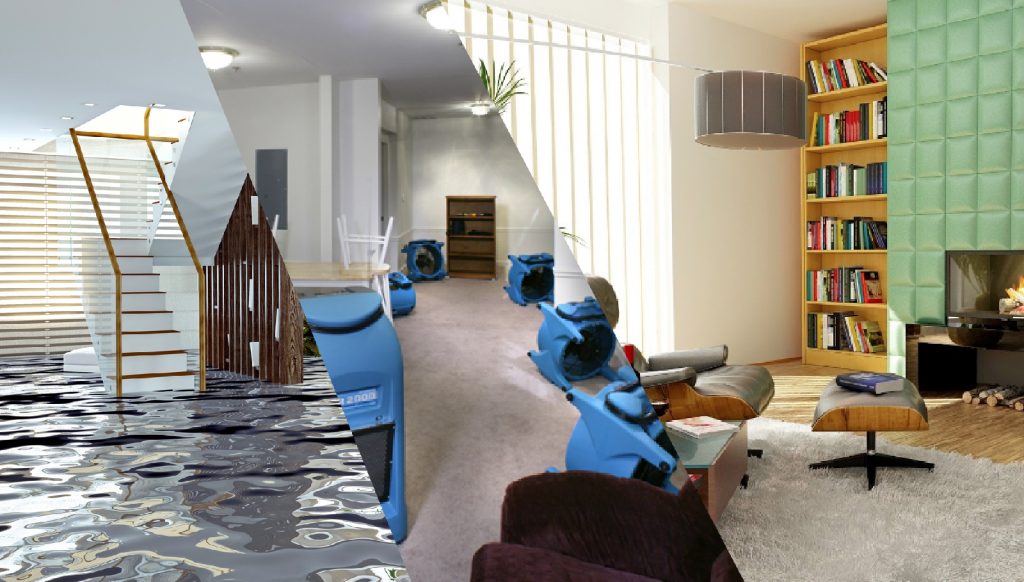


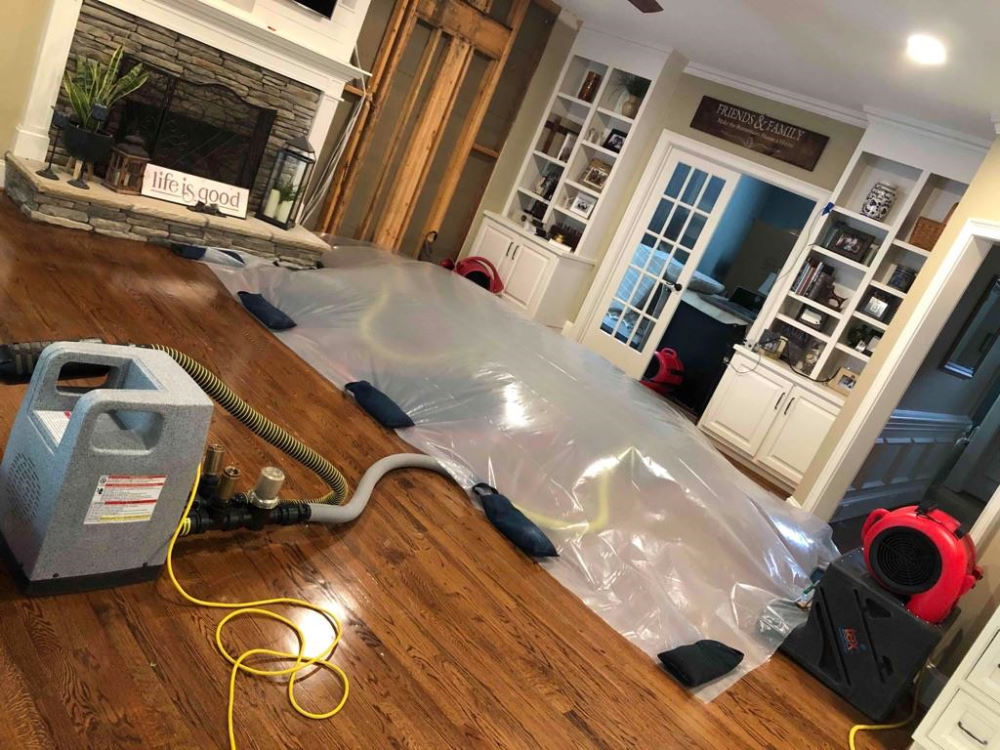

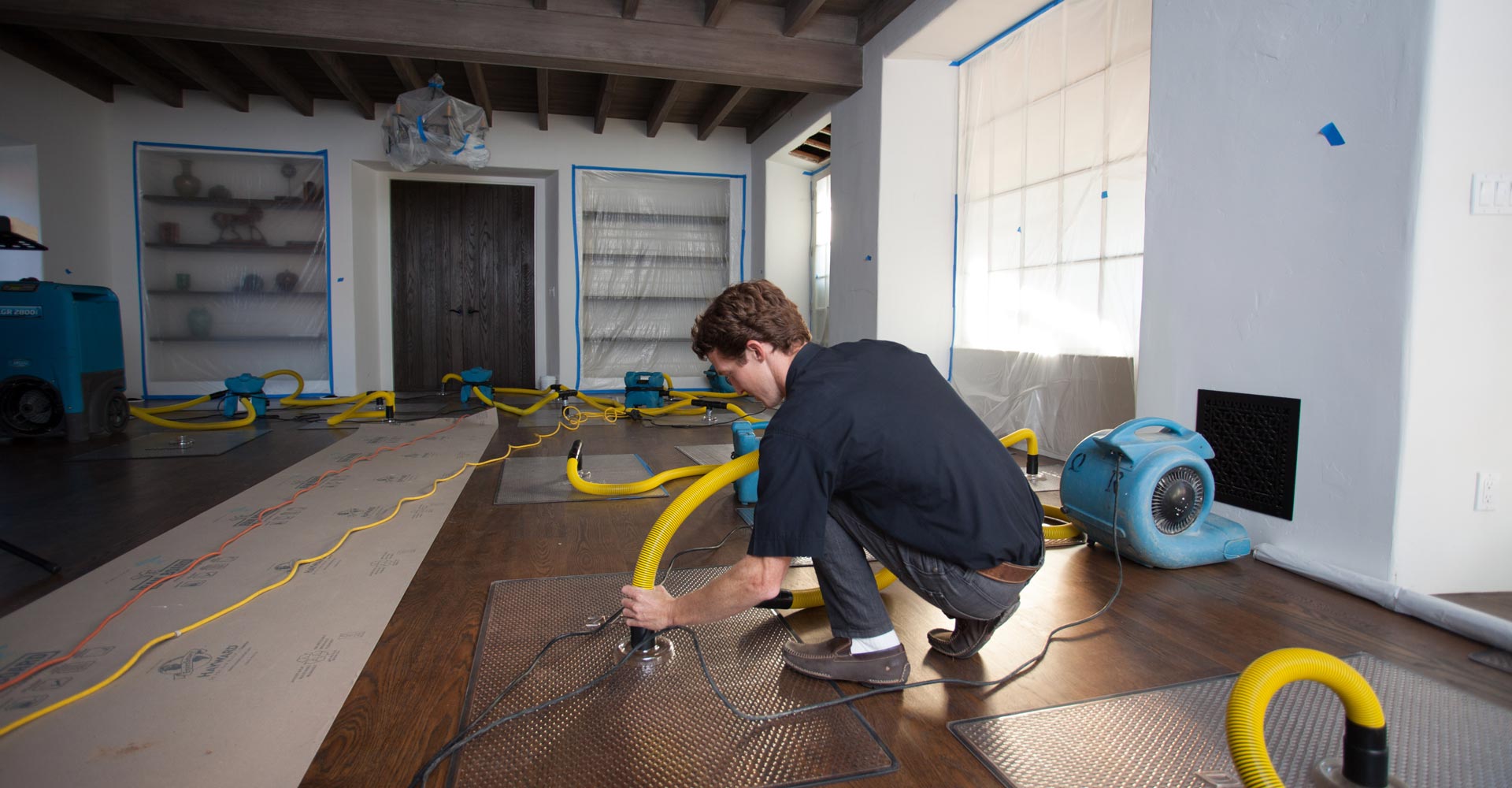




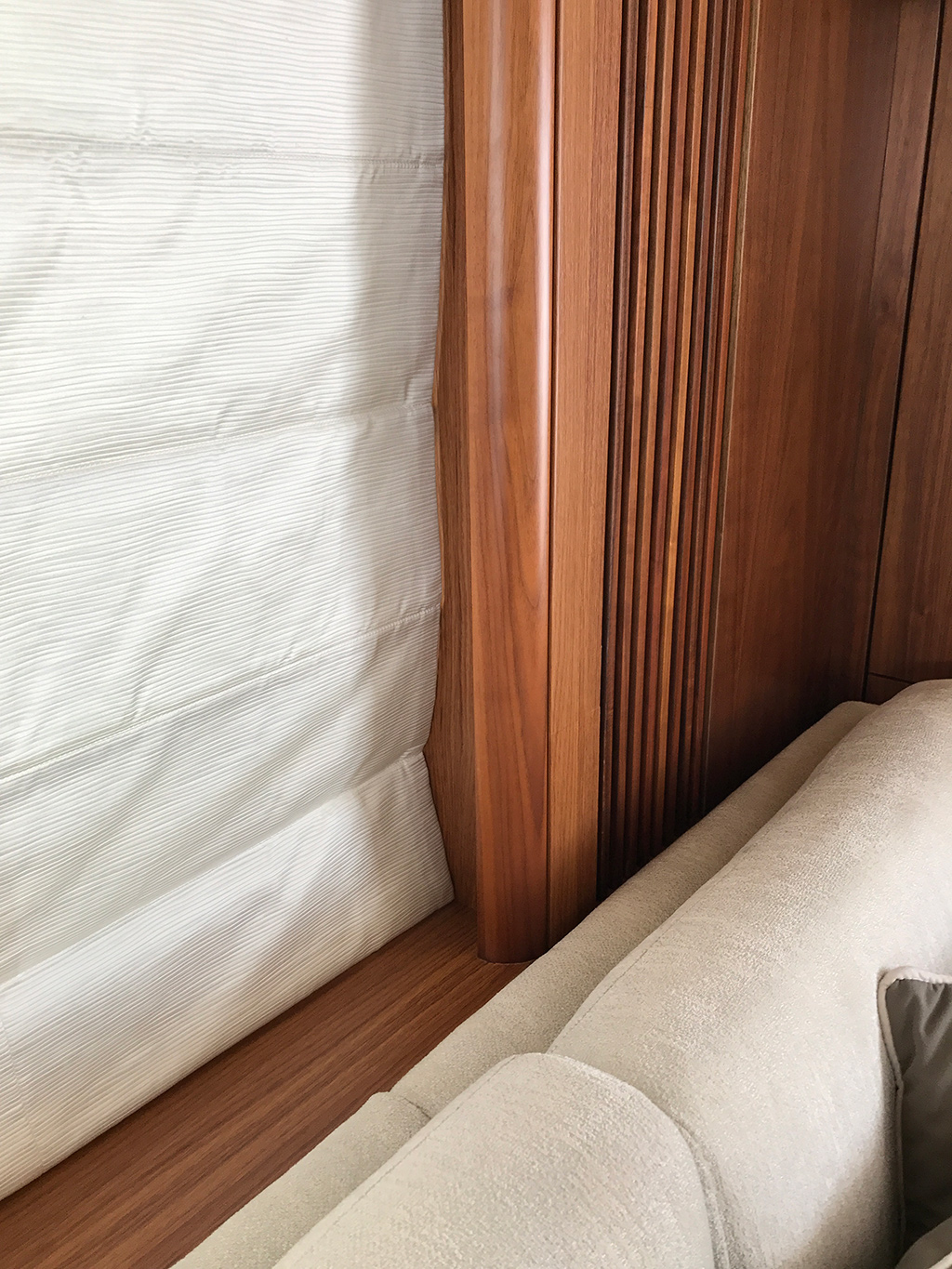
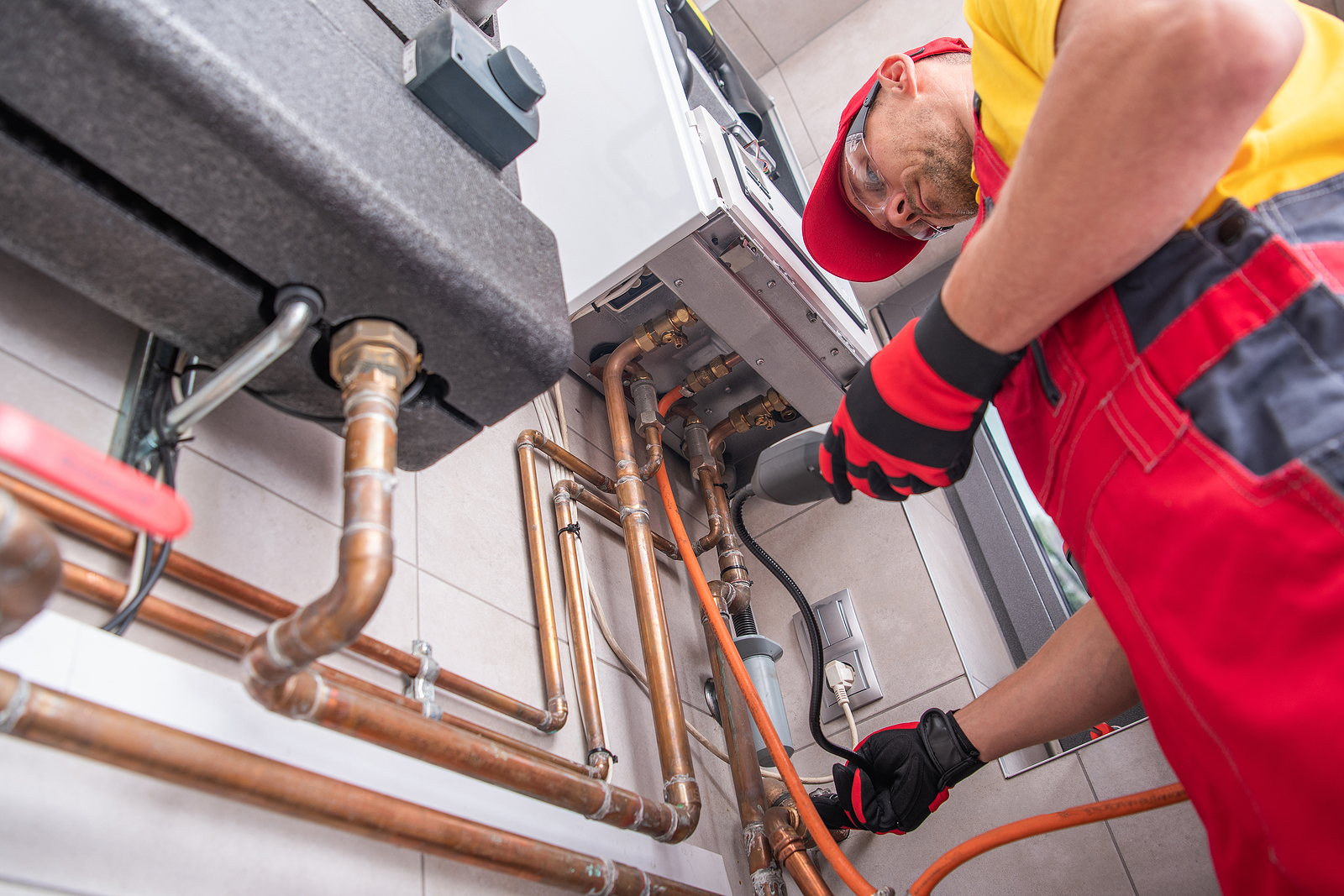
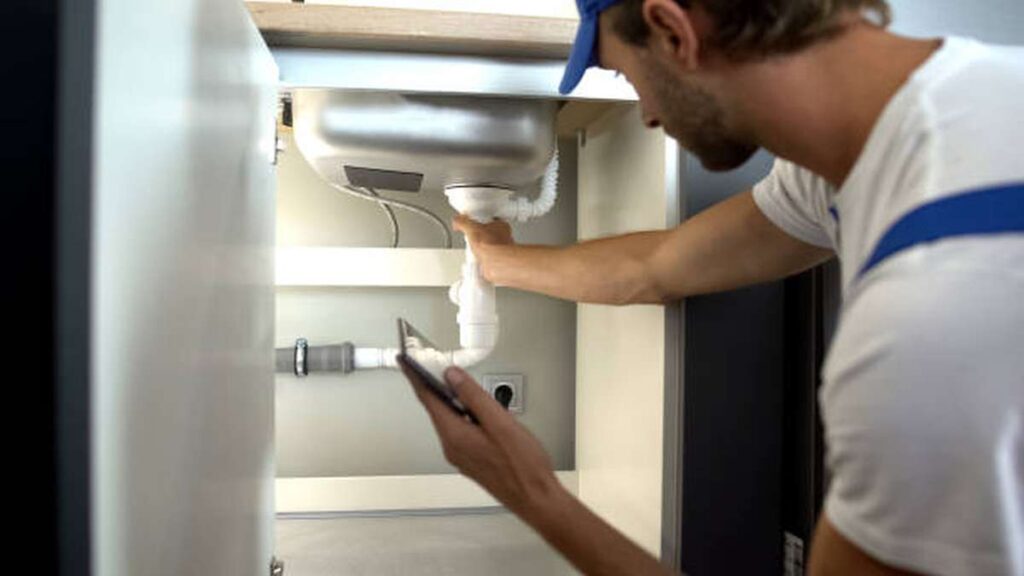
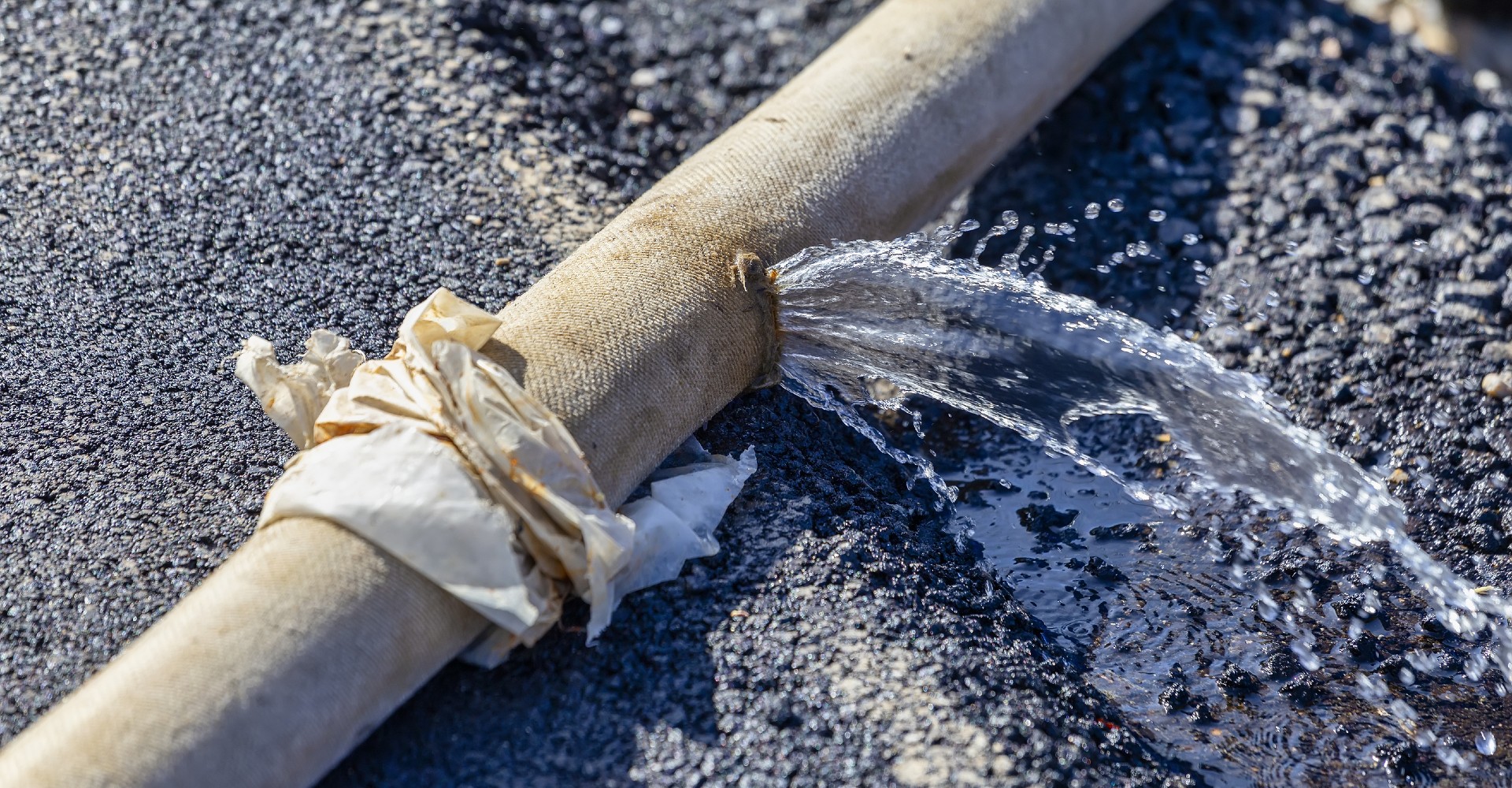

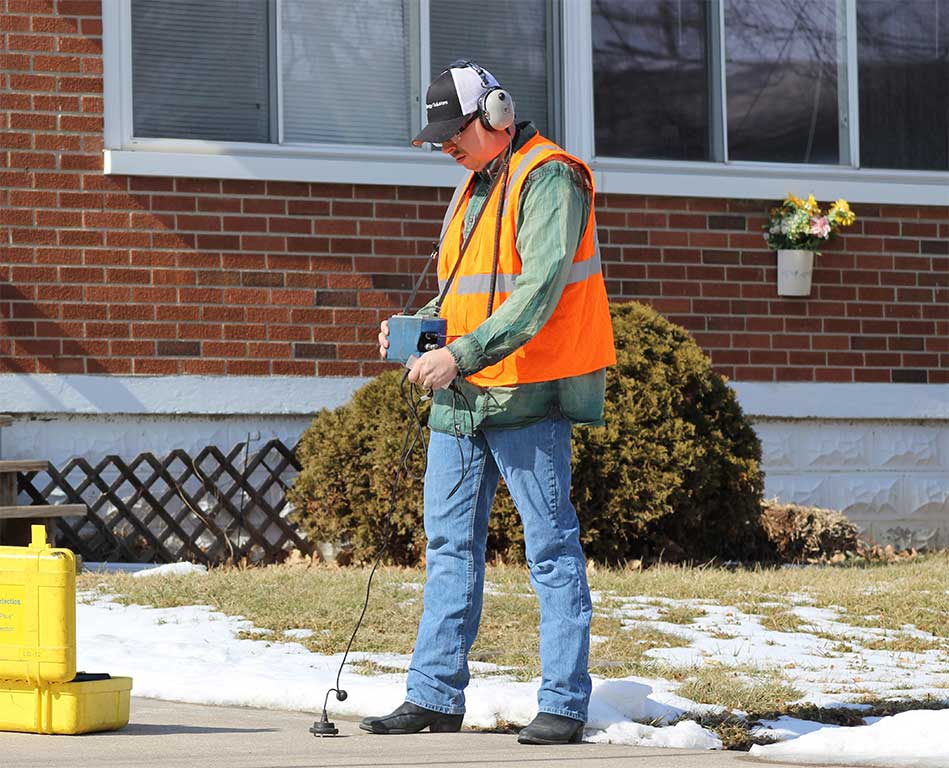


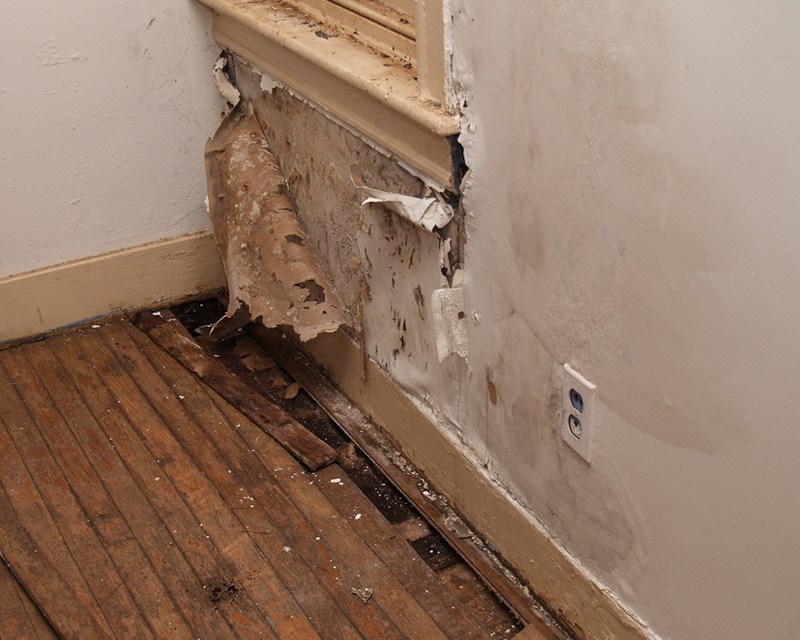


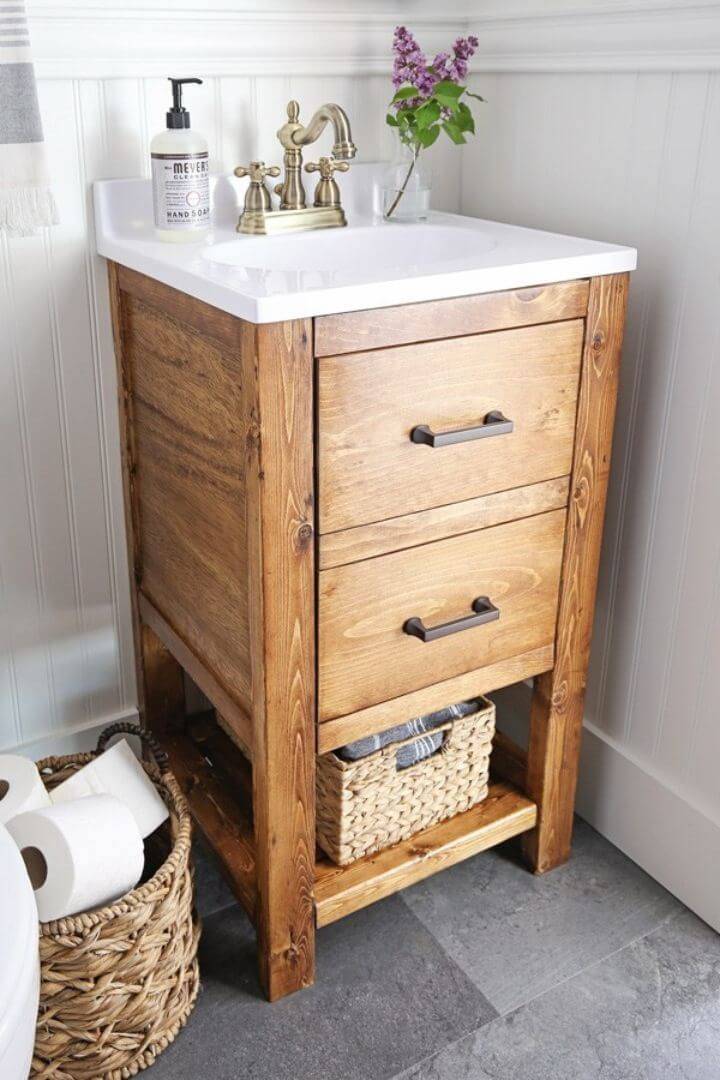
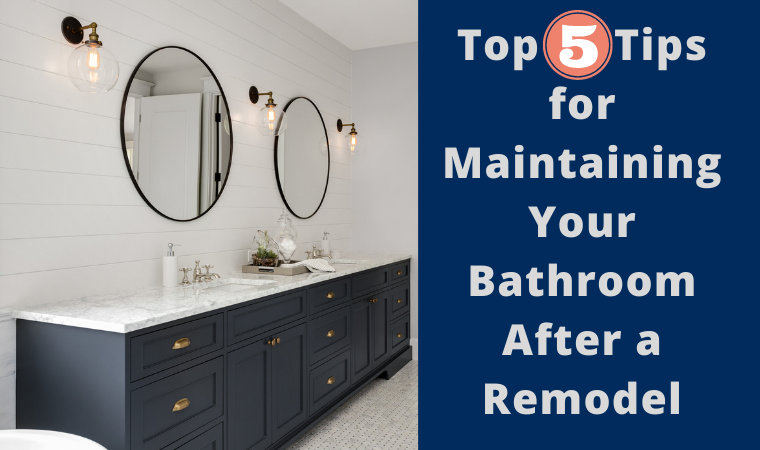
:max_bytes(150000):strip_icc()/cherry-diy-bathroom-vanity-594414da5f9b58d58a099a36.jpg)






:max_bytes(150000):strip_icc()/build-something-diy-vanity-594402125f9b58d58ae21158.jpg)

/living-room-ideas-5194639-hero-a99a77f61b9b4e368c62ca603ab45322.jpg)
